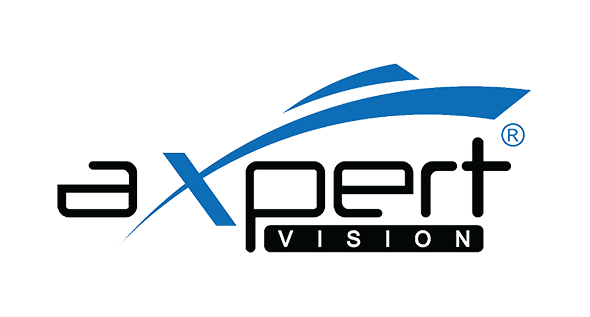Design Optimization
Product Design Optimization Services
Product design is a specialized service that requires engineering knowledge as well as an artistic lookout. There are numerous parameters that govern the design of a new product. Take the simple case of designing a bumper for a new car in the field of automobile engineering. It has to be sturdy, lightweight, rust and water resistant and also gel well with the design of the car. It also should not exceed the overall permitted length of the car, should be made from material that is easily available and be cost effective. Product design optimization thus requires specialized software and domain experts to interpret and optimize the parameters. Most of the time, companies want to concentrate on manufacturing and marketing a product rather than design it. They therefore prefer to outsource the entire product design optimization process to companies that specialize in this service.
The product design process typically consists of the following steps:
- Concept definition of the product
- Product prototyping
- Product design optimization
- Testing and validation
At each stage of product design, the engineer / designer has to work under the following constraints:
- Functional constraints (overall geometry, forces involved, etc.)
- Operational and environmental safety constraints
- Quality constraints
- Manufacturing constraints (production, assembly, transport, etc.)
- Time constraint (design delivery schedule, production schedule, etc.)
In addition, product design engineers also have to deal with aesthetic constraints, legal constraints as well as ergonomic constraints.
What to Look for…
A good product design optimization services company should:
- Optimize a single objective function, such as minimization of the operational time and cost
- Maintain constraints of product performance and qualities at all times
- Acknowledge conflicting relationships in the product characteristics and use more flexible optimizations from wider viewpoints in order to maintain integrity of as many product characteristics as possible
- Use iterative methodology to support high quality user experience/interfaces and constantly changing requirements
- Design products based on client’s requirements and user expectations



Leave a Reply